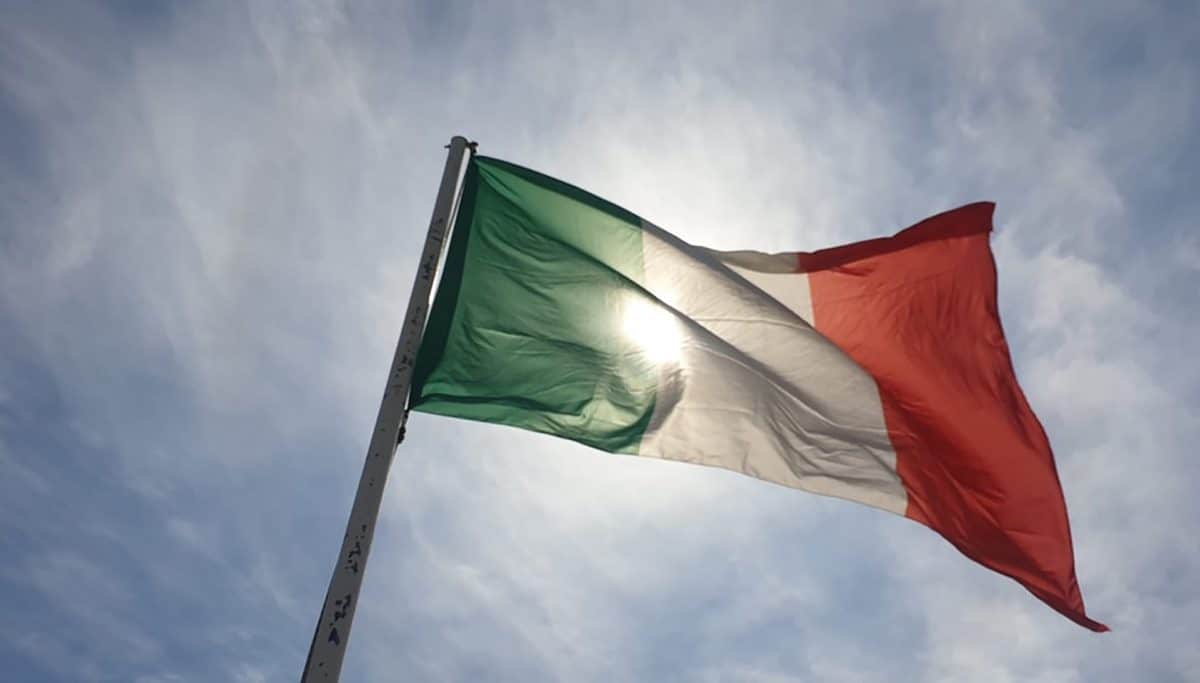Talks between national renewable energy trade bodies and the European Commission could partially overcome the problems being experienced by EU member states unable to install enough new clean power generation capacity, and may help reconcile the different paths being taken by European governments as they bid to tackle the current energy price crisis.
That was the main takeaway of an event organized by Italy’s electric industry group, Elettricità Futura, at the Key Energy renewables fair in Rimini.
“Today's event also confirmed the importance of strengthening the dialogue between Italy and Europe, particularly concerning the new measures introduced by the Fit for 55 [EU emissions reduction] package,” said Roberta Valenziani, marketing manager at Elettricità Futura.
pv magazine print edition
Pick up your copy of the latest edition of pv magazine for an in-depth look at the fire hazard concern of lithium-ion battery systems, with a focus on the blaze at Australia’s Victorian Big Battery which caught the world’s attention. Also, Saul Griffith, the guru of electrification, talks to pv magazine about reshaping the climate conversation; we delve into the evolution of residential PV in China; and we continue our coverage of global PV supply-chain issues and ask: Is there an alternative to Made in China?
The EU's 27 energy ministers this week failed to reach agreement on a common approach to addressing soaring energy bills, having called an emergency summit on the matter.
Stefano Grassi, head of the team of EU energy commissioner Kadri Simson, told the meeting renewable energy is taking on “renewed geopolitical importance.” He said traditional, broader divergences between the U.S., Russia, and China are becoming evident on climate, with the divide obvious in the run-up to the COP26 climate change summit, which is due to start in Glasgow on Sunday.
“This is not an energy crisis due to the transition to cleaner energy sources,” Grassi told pv magazine. “The EU is in a particularly vulnerable position because we are still too dependent on imports of fossil fuels.” He added, the European Commission is particularly interested in triggering and supporting the unsubsidized power purchase agreement market for renewables “to smooth price volatility for companies,” and said clean power was seen as able to deliver “the cheapest form of electricity production.”
70 GW of new renewables
According to figures supplied by Elettricità Futura's Valenziani, Italy has 57 GW of renewable energy generation capacity and is projected to reach 127 GW this decade. Utility scale solar projects make up half of the expected additional capacity, with distributed generation arrays expected to supply an additional 15 GW, and wind power 13 GW. Elettricità Futura expects 5 GW from innovative renewables projects, including agrivoltaics.
On the latter topic, Valenziani was eager to clear up misconceptions about the possible loss of agricultural land. “The 35 GW of photovoltaic plants on the ground by 2030 will involve an area of 50,000 hectares, of which only a part will be on agricultural land,” she said yesterday, at the solar show held as part of the Ecomondo expo. “However, even if all the 35 GW were realized on agricultural land, only 0.3% of the total agricultural land – or 1.4% of the agricultural land already abandoned today – would be used.”
Popular content
Italy’s electric industry has repeatedly called for a deep overhaul of the planning process related to renewables and such reform could be key to installing 70 GW of clean power capacity by 2030.
“Italy is the European country with the longest delays and highest costs for obtaining a permit,” said Valenziani. “Nearly 50% of permit applications do not become facilities, and the other 50% become facilities with almost six years' delay.”
Supply chain problems permitting, the current high conventional energy prices are also expected to drive deployment of energy storage projects.
Storage market
Referring to Italian climate change policy the Piano Nazionale Integrato per l'Energia e il Clima, Valenziani told pv magazine: “The PNIEC 2020 has as its objective the realization of 10 GW of new storage by 2030: 4 GW of small batteries [and] 6 GW of pumped [hydro] storage and large scale electrochemical storage. However, to achieve the additional 70 GW of RES [renewable energy systems] capacity that we believe necessary to achieve the EU targets for 2030, more storage capacity is needed. This would require significant private investment, which Elettricità Futura estimates to be in the order of €25 billion.”
Elettricità Futura welcomed the Italian legislative decree which, if approved, will transpose EU Market Directive (2019/944) into national law. The directive, issued in June 2019, amends the rules governing the EU's electricity market to reflect a pivot away from fossil fuels towards clean energy.
“The [Italian] decree provides for the launch of procedures for the construction of new storage capacity,” said Valenziani. “However, it is essential that these procedures are competitive and aimed at market operators, and that [Italian electricity transmission system operator] Terna‘s participation is limited exclusively [to] situations of real and effective market failure.”
This content is protected by copyright and may not be reused. If you want to cooperate with us and would like to reuse some of our content, please contact: editors@pv-magazine.com.


An easy solution planning issues would seem to be to put the solar offshore. 1km2 arrays can generate 60MW (at low density, ideal for winter) and point to the sun. Italy could build as many as it likes in the calm waters of the Adriatic.
There is massive pumped storage potential not far away in Croatia. 6 to 12GW and 300GWh could be built at one of several potential sites on the Croatian coast.